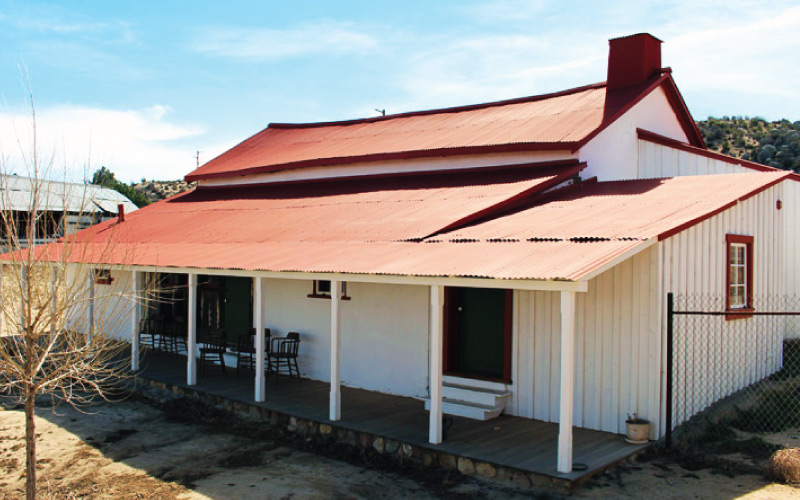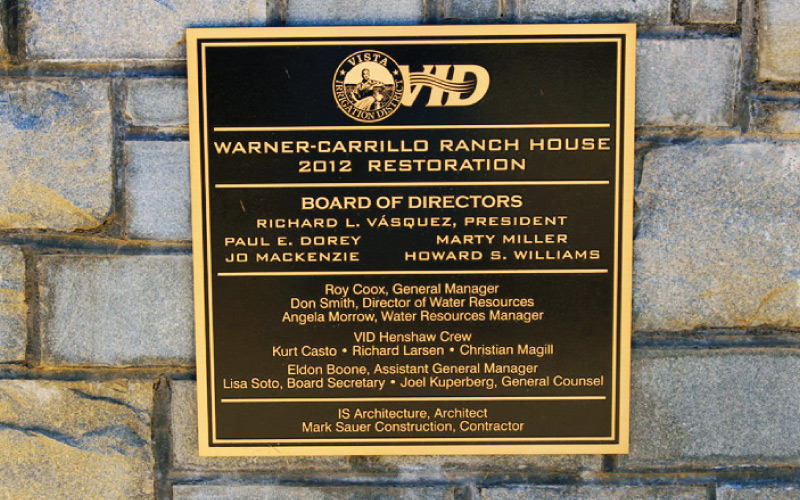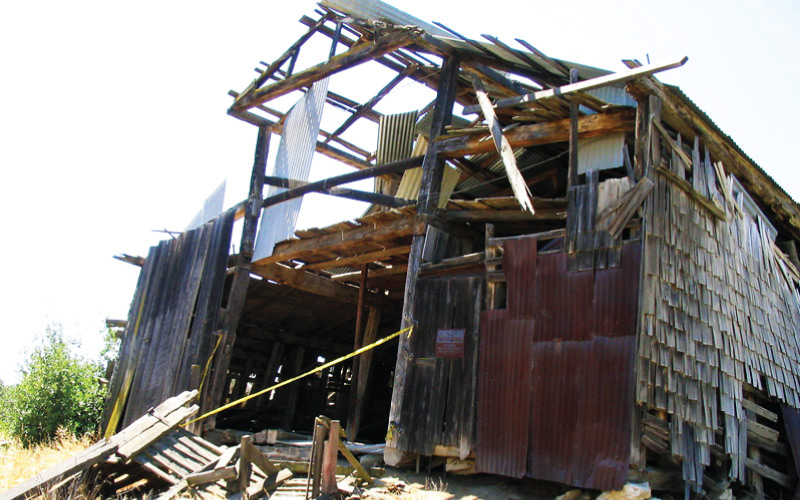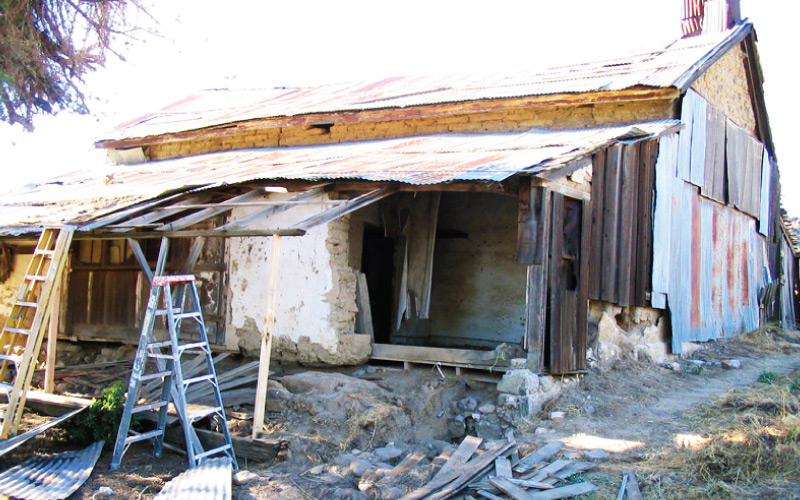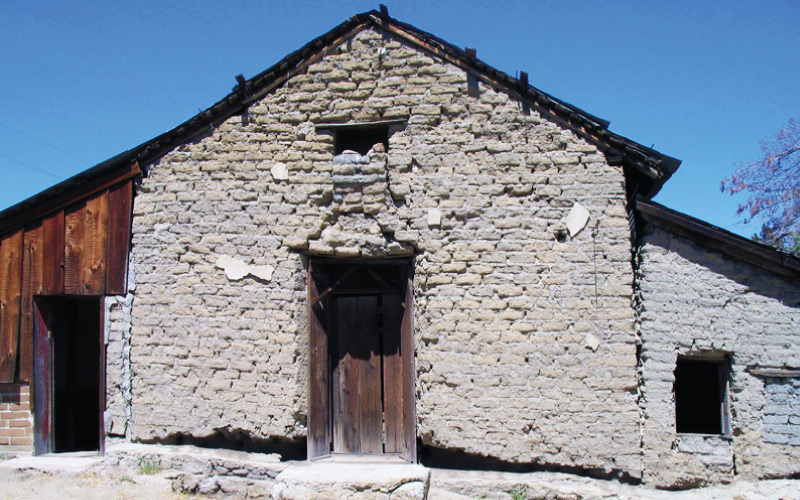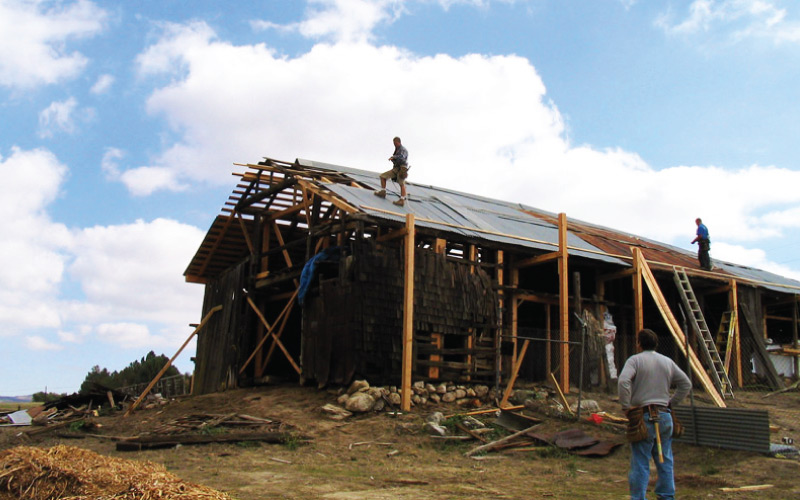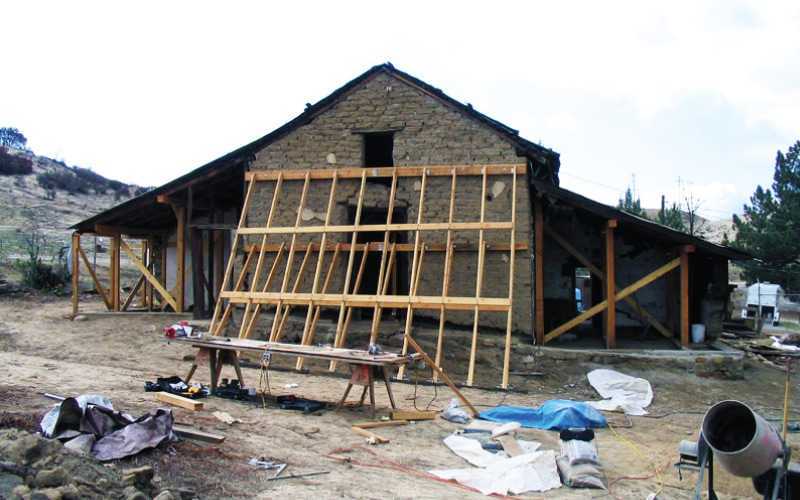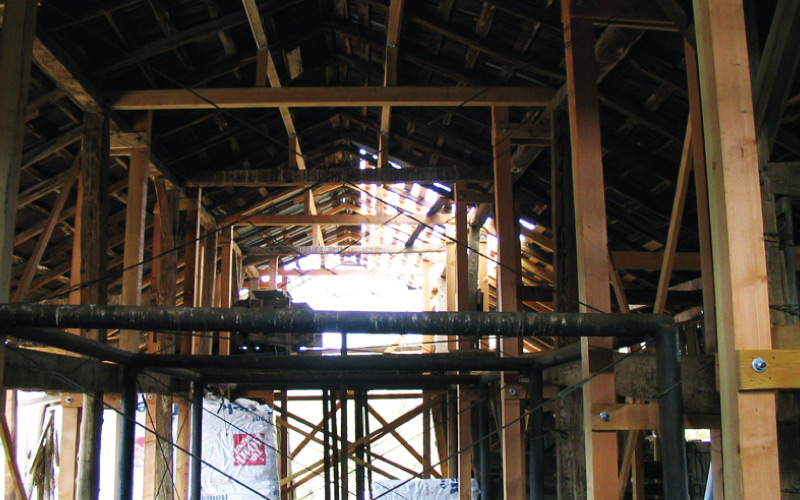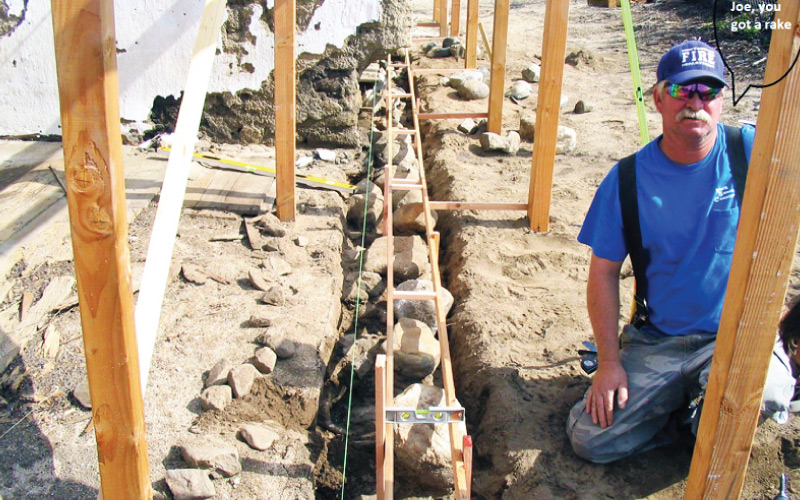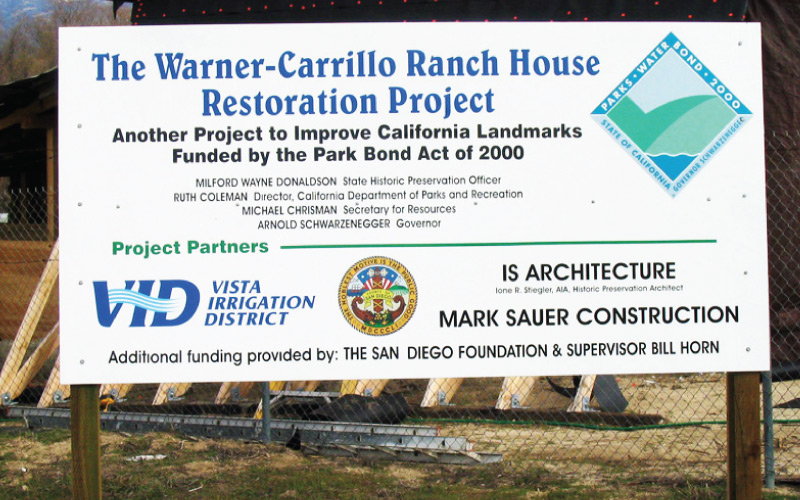Warner – Carrillo Ranch
Project Name: Warner – Carrillo Ranch
Project Owner: Vista Irrigation District
Project Location: Warner Springs, CA
Year Completed: 2012
Awards/ Recognition
- 2009 California Preservation Foundation Design Award
- 2012 SOHO People in Preservation Award
- 2012 California Governor’s Award for Historic Preservation
- 2013 California Preservation Foundation Design Award
- 2013 APWA San Diego Chapter, Project of the Year
- 2013 San Diego AIA Awards for Divine Detail and Historic Preservation
Project Description
MSC has executed several phases of work at Warner – Carrillo Ranch. In 2005 MSC installed shoring to mothball the adobe house for future restoration. The house received seismic strengthening in the attic area during this phase. Shoring to preserve the Barn was installed. The timbered Barn is one of the finest example of early California construction. With funds remaining from this project phase MSC purchased adobe block that was required for the rehabilitation of the house and stocked them on site.
The final phase was to restore the adobe house. From 2011 to 2012 adobe walls were reconstructed and new windows and doors were fabricated in our own shop. Sections of the house were reconstructed to match the period of significance. Interpretive panels were installed on the walls to view the adobe construction and in the floor revealing an original cobble floor.
History
American Jonathan Trumbull Warner, an early immigrant to Mexican California built a trading post to take advantage of the overland migration trade resulting from the Gold Rush of 1848 through the early 1850s. The original adobe portion of the existing Warner’s Ranch Barn may be part of that trading post. The ranch house tells the story of the emigrant trail, the overland Butterfield Stage Station and the prominent ranching history of the area. It’s estimated that 80,000 people stopped by that ranch house just during the gold rush alone in the mid-1800s and maybe 250,000 people came past that house in the 1800s on their way west. In the late 19th century, a wood, peg-timbered barn was built to support large-scale cattle ranching. It was directly associated with the success of two of the largest cattle ranching businesses in Southern California between the late 1880s and 1961. The National Park Service identified it as a National Historic Landmark.

